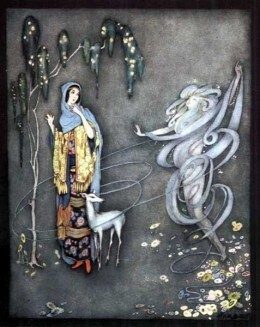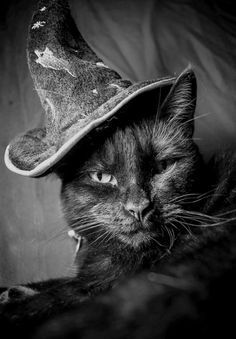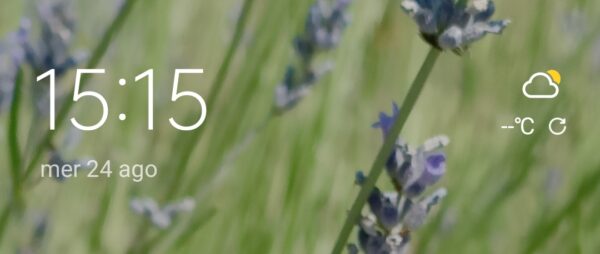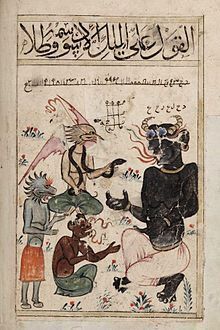 The “familiar spirit” is a common motif found in both folklore and witch trial records of the witch hunt era.
The “familiar spirit” is a common motif found in both folklore and witch trial records of the witch hunt era.
The term is said to be derived from the Latin famulus, which means servant, due to the familiar’s role of serving the witch to whom it was attached.
Familiars served as an attendant to the witch, providing such functions as protection and guidance, to teach the witch magical and healing arts, or in the case of bad witches, to do their bidding engaging in sinister deeds.
In popular media today, the familiar is almost always represented as an animal, and usually the black cat. Film and television programs often portray the familiar as a corporeal animal, more akin to a pet or companion, who aids the witch in their magic.
However, the familiar found in folklore and witch trial records often existed very much in the spirit realm, hence the name “familiar spirit.”
In his encyclopedia on the witch hunt era William E. Burns insists that familiars were never real animals, but always strictly a spirit.
But, folklorist Katharine Briggs disagrees. In her book, “Nine Lives: The Folklore of Cats,” Briggs explains the type of elderly person that was often accused of witchcraft often lived alone with his or her pets. Due to the loneliness of a solitary old age, this type of person would no doubt dote on their animals more than what was common in society during that period.
Whether spirit or corporeal, the familiar was not always an animal. Other times the spirit took the shape of a human, or was even known to be the ghost of a deceased person who now resided in Fairy Land. (In British folklore, there is a mingling of ghosts, fairies, fairy land, and the realm of the dead). The deceased might have been someone known to the witch, or it might well have been a complete stranger.
Familiar spirits could also be fairies, or other folkloric creatures such as the hobgoblin, who were in the service of the witch that they served.
Where were they found? Though familiars were common in many areas, they were not universally known in all regions. They are found with high frequency in the folklore of England, Scotland, and the Basque region of Spain.
Though familiars were common in many areas, they were not universally known in all regions. They are found with high frequency in the folklore of England, Scotland, and the Basque region of Spain.
The types of animals that familiars appeared as were usually creatures that would be commonly known to peasants.
So, we see familiar spirits taking the shape of domestic animals such as dogs and cats frequently.
But, they also appeared as animals that were present in the landscape. The toad (rospo) is one such common manifestation.
Familiars appeared as toads in England and Scotland, but in Basque the toad is the most common form of familiar, and much folklore developed around this motif. Basque toad familiars were typically described as wearing clothes. They retained a place of honor in the witch’s household, and were thought to be especially powerful.
In this way, there seems to be some overlap in traditions of the domestic spirit. The domestic spirit is commonly remembered today as the house elf, or brownie, but could take many forms in old European folklore.
We see the Basque toad familiar being propitiated with food offerings in the same way that domestic spirits were often given offerings of food in return for the services that they provided.
England developed a very rich tradition of the familiar spirit and they could appear as the aforementioned animals, but also as ferrets (furetti), weasels (donnole), rodents (roditori), rabbits, or insects.
The spirit might be passed down from parent to child in a family of witches, or it was often reported to be gifted to the witch by a power powerful spirit in the otherworld.
Source: http://hubpages.com/education/witchesfamiliar







 Chiedi maggiori informazioni su come prenotare un consulto tarologico privato con Luce.
Chiedi maggiori informazioni su come prenotare un consulto tarologico privato con Luce.